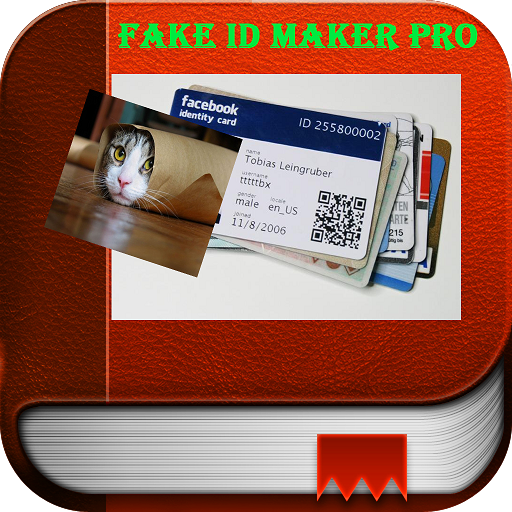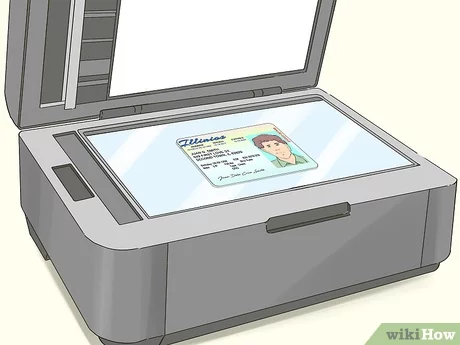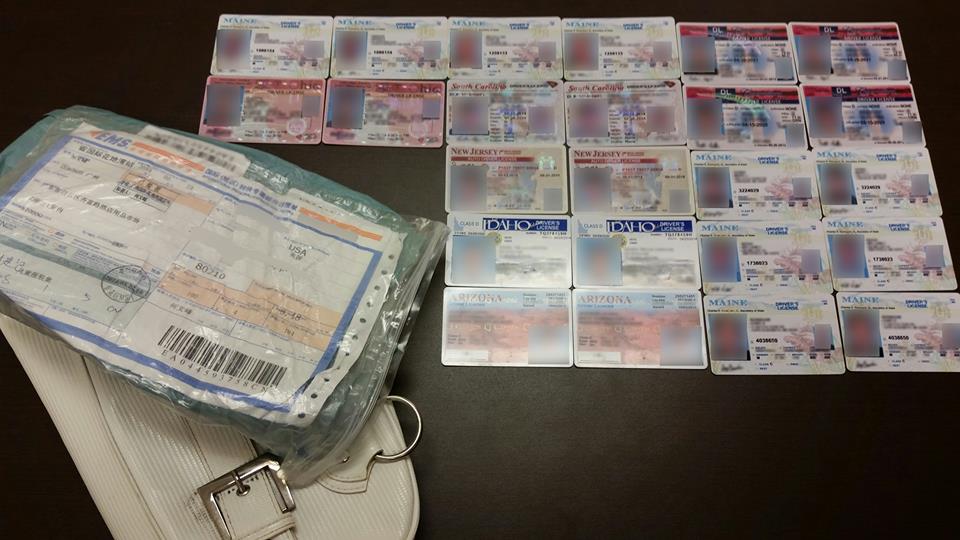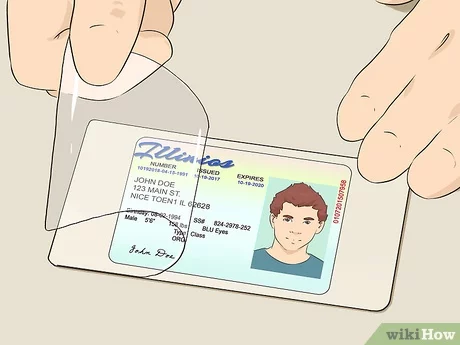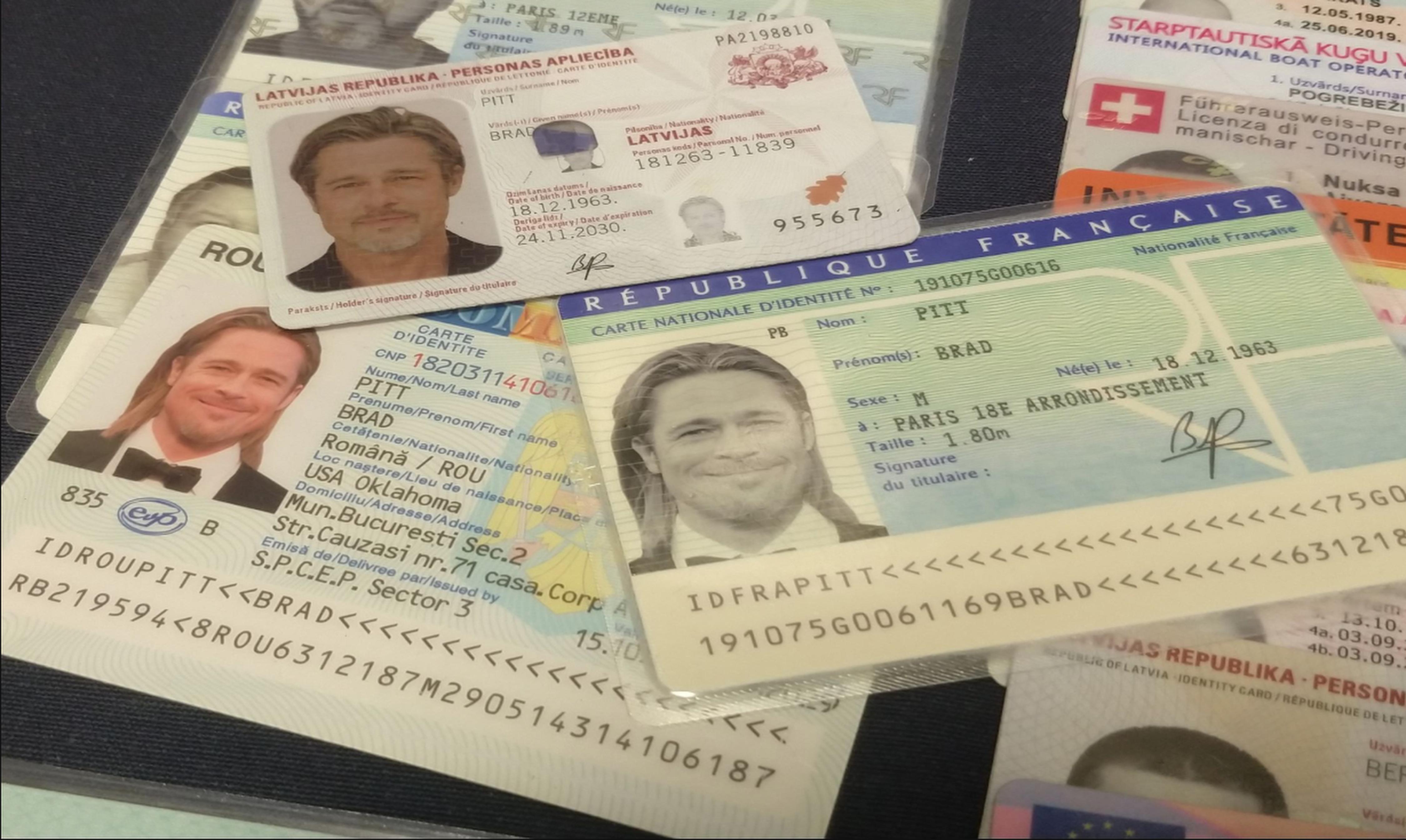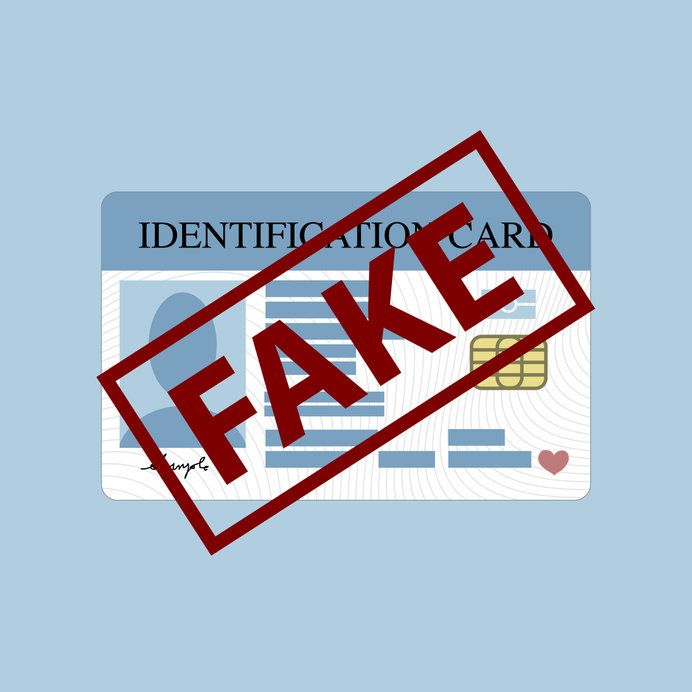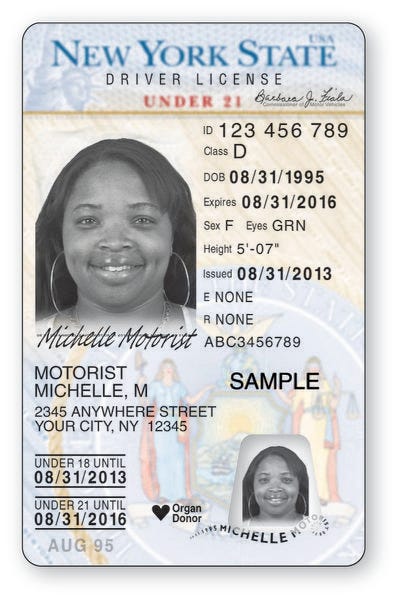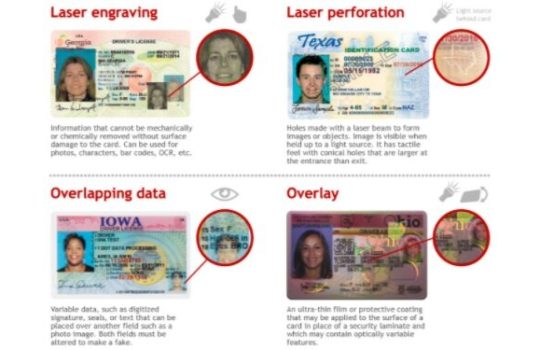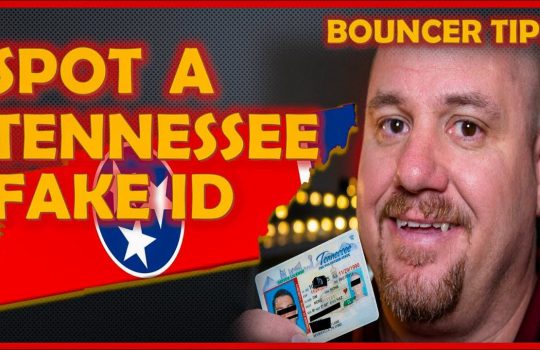Fake Id Making
2024-03-26 2024-03-26 2:56Fake Id Making

Fake Id Making
Idaho Fake Driver License
Dnr Fake Passport
Italy Fake Passport
Title: The Art of Fake ID Making: A Comprehensive Guide to the Underground Industry
Introduction:
Fake IDs have long been a popular accessory for young adults looking to gain access to age-restricted venues like bars, clubs, and casinos. In recent years, the demand for fake IDs has only increased with the rise of online marketplaces and modern technology making it easier than ever to create convincing replicas. This article will delve into the world of fake ID making, exploring the methods used to create these forged documents, the risks involved, and the legal implications of using fake identification.
The Evolution of Fake ID Making:
The practice of creating fake IDs has been around for decades, with underground networks of forgers catering to the demands of underage individuals looking to gain entry into restricted establishments. In the past, fake IDs were typically made using basic tools like laminators, scanners, and printers, resulting in crude replicas that were often easy to spot by trained bouncers and security personnel.
However, with advancements in technology and access to high-quality printing equipment, fake ID makers have become more sophisticated in their methods, producing replicas that are nearly indistinguishable from the real thing. Modern fake IDs can be created using professional-grade printers, holographic overlays, and UV inks to mimic the security features found on authentic identification cards.
The Process of Fake ID Making:
Creating a fake ID is a multi-step process that requires a combination of technical skill, artistic talent, and attention to detail. The first step in making a fake ID is obtaining a template of the desired identification card, which can be sourced from a variety of online suppliers or created from scratch using design software.
Once a template has been acquired, the next step is to customize the fake ID with the individual’s personal information, including their name, date of birth, and photo. This information is then printed onto a blank PVC card using a high-quality printer, ensuring that the text and images are crisp and clear.
To further enhance the authenticity of the fake ID, additional security features like holographic overlays, microprint text, and UV ink may be added to the card. These features are designed to mimic the security measures used by government-issued identification cards and make it more difficult for bouncers and security personnel to detect a fake ID.
The Risks of Using Fake IDs:
While fake IDs may seem like a harmless way to gain access to age-restricted venues, there are serious risks involved in using forged identification. Possessing or using a fake ID is a criminal offense in most jurisdictions and can result in fines, community service, or even jail time for individuals caught with a counterfeit card.
Additionally, using a fake ID can have long-term consequences, such as a permanent criminal record that can impact future employment opportunities and travel plans. In some cases, individuals caught with a fake ID may also face disciplinary action from their school or university, resulting in academic probation or expulsion.
Furthermore, the use of fake IDs can also pose a threat to national security, as counterfeit identification cards can be used by criminals and terrorists to avoid detection by law enforcement agencies. As a result, strict penalties are often imposed on individuals caught in possession of fake IDs to deter others from engaging in this illegal activity.
Legal Implications of Fake ID Making:
The production and distribution of fake IDs are illegal activities that can result in severe penalties for those involved in the trade. In many jurisdictions, manufacturing fake identification cards is considered a felony offense, punishable by fines, imprisonment, or both.
Individuals caught making fake IDs may also be charged with identity theft, a serious crime that carries additional penalties and consequences. Identity theft involves using another person’s personal information to commit fraud or other criminal activities, and can result in significant financial and legal repercussions for the offender.
In addition to criminal charges, fake ID makers may also face civil lawsuits from individuals or businesses impacted by their fraudulent activities. For example, a bar or nightclub that unknowingly accepts a fake ID may seek damages from the forger for any losses incurred as a result of fraudulent transactions.
Conclusion:
Fake ID making is a complex and risky endeavor that can have serious consequences for both the individuals creating counterfeit identification cards and those caught using them. While the allure of gaining access to age-restricted venues may be tempting, the potential legal and financial risks associated with fake IDs far outweigh any temporary benefits.
As technology continues to advance and security features on identification cards become more sophisticated, the likelihood of successfully using a fake ID diminishes. It is important for consumers to be aware of the dangers of fake ID making and to avoid engaging in illegal activities that can have lasting consequences on their lives.